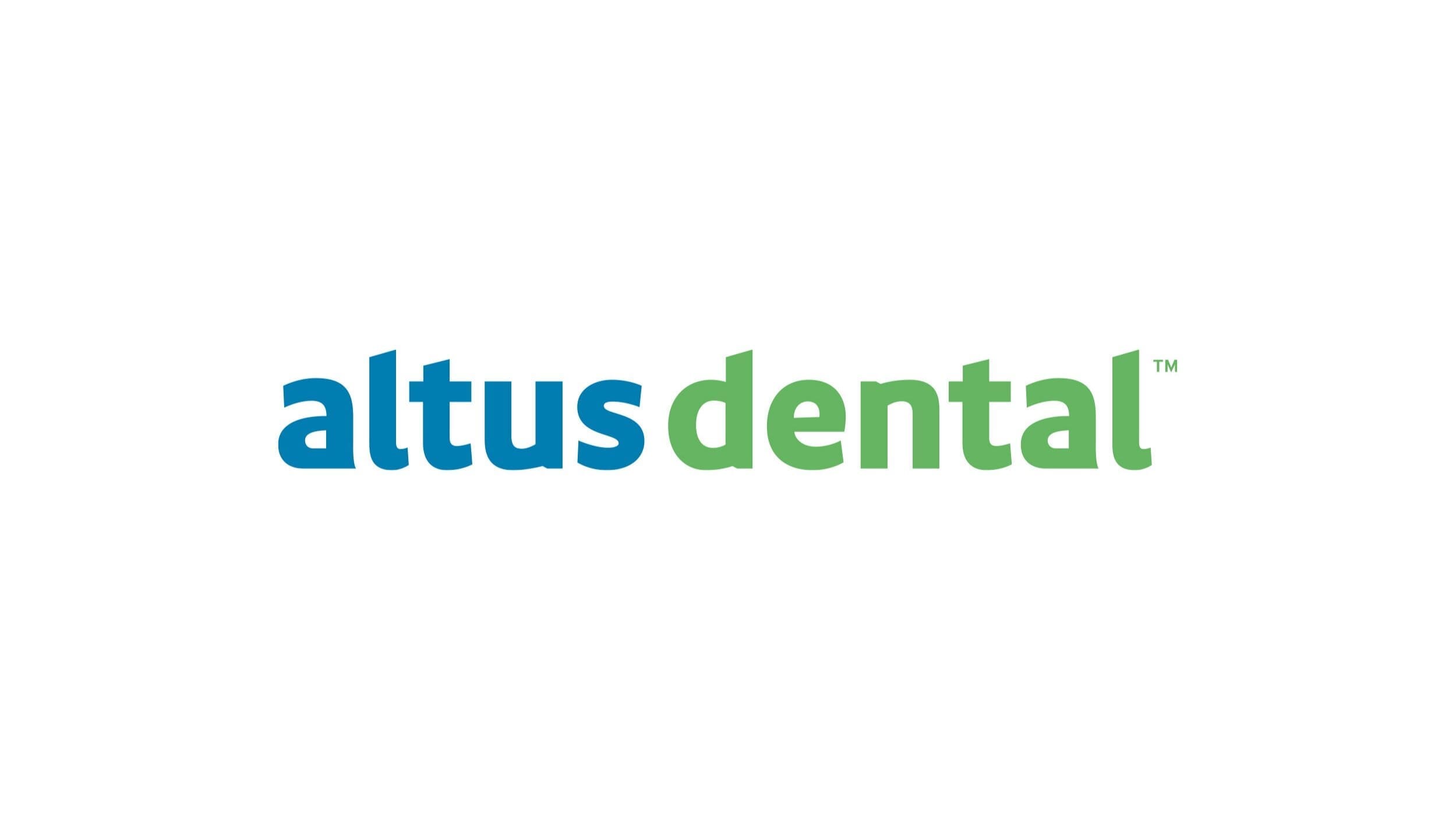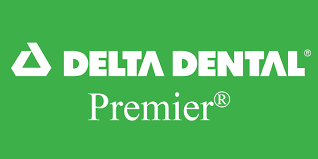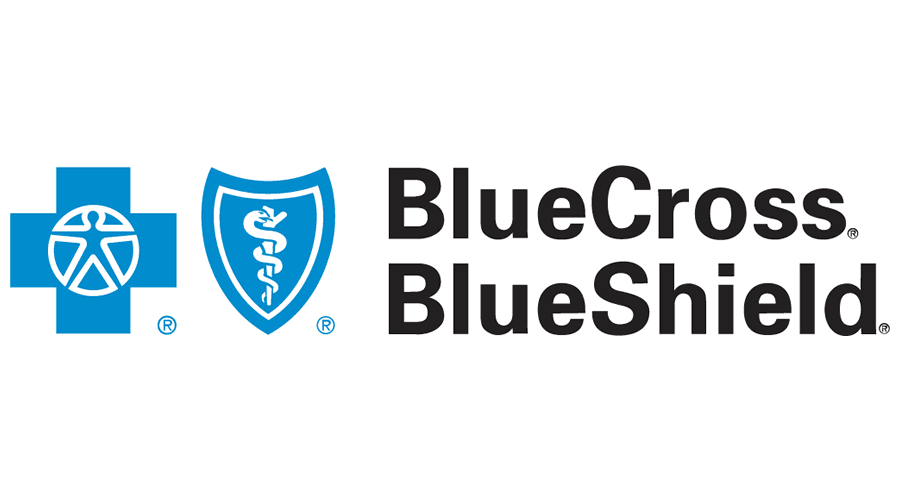X-rays have been a mainstay of dentistry for decades. These images give dentists the opportunity to provide an accurate diagnosis and treat dental problems. Without x-rays, it would not be possible for your dentist to visualize within your teeth and mouth, areas that cannot be seen during a routine dental examination.
Some people have never heard of digital dental x-rays, although they have been around since the middle of the 1980s. Most dental practices, including Northampton Dental Specialists Group, use this type of digital imaging to create x-rays of patients’ teeth and mouths.
Traditional Dental X-Rays
Conventional dental x-rays are taken using film similar to that used in early types of cameras. The dentist places a film within the mouth behind the tooth or bone that they want to examine. A device generates radiation, projecting an invisible beam onto the film to create an image.
After several minutes of darkroom processing, the picture is gradually revealed on the film. The chemicals needed to process the images are environmentally damaging and difficult to dispose of.
Digital Dental X-Rays
Digital dental x-rays are taken using a similar device that generates radiation. Instead of relying upon film, the images are picked up by x-ray sensors. The sensor may be connected to a computer through a cable. After the reception of the image by the sensor, it is transmitted to the computer. And the radiation necessary for creating a digital dental x-ray is a small fraction of what was used in conventional films.
Since the entire process is faster, your dentist can provide more efficient patient care.
Digital dental x-rays are also easier on the environment. Your dentist can eliminate waste like lead packets and covers, as well as the hazardous chemicals required for processing conventional film. Everything about digital dental x-rays is electronic.
Benefits of Digital Dental X-Rays
One key benefit of digital x-rays is that no harsh chemicals are required for processing the images. Although the sensors used to create digital x-rays are expensive, they eventually lead to significant savings and less waste since they are reusable.
Another advantage of digital images is that they can be instantly viewed. There is no film to develop, saving valuable time for both patients and dental staff.
Digital x-rays also provide enhanced clarity for the images, as well as allowing for the possibility of image enhancement using computer software, allowing your dentist to provide a more accurate diagnosis.
Digital dental x-rays can be instantly shared. They can be mailed or sent to another office.
Although digital dental x-rays provide more advantages than disadvantages, there are a couple of downsides:
- Sensors must be cleaned and protected with specialized covers since they cannot be sterilized.
- Some people find the digital sensor to be harder to hold in the mouth than with traditional film.






